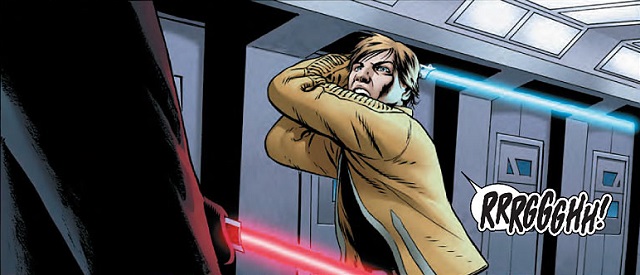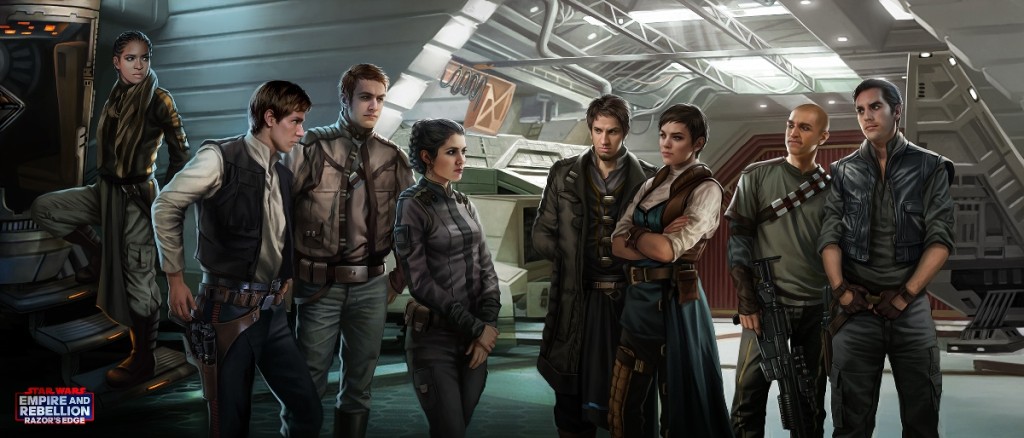
As an entire profession of costume designers would be more than happy to tell you, how you dress your characters is just as important as what you script them to say. In some ways, perhaps even more important. There’s even an Academy Award for it (which A New Hope won in 1977, among numerous other accolades – the only science fiction film ever so honored, to the best of my recollection). Movies, television, video games, and comics are all extremely visual mediums by nature: unlike a novel, you can’t just let your audience’s imagination fill in the blanks.
Every single detail, down the last button, has to be accounted for, all the more so if you’re dealing with a work of science fiction or fantasy. The more significant a role a character has, the more vital it is that you get their outfit just right. They’re your main selling point, after all: the face you’re going to plaster all over your comic covers, the costumes the stores are going to stock their shelves with come Halloween, the action figures that the children will clamor for when Christmas arrives. Get it wrong and, well, there’s a very good reason Zardoz didn’t become a franchise and comic book adaptations stopped using tights.
In the wonderful world of fiction, you truly are what you wear. Nobody simply has poor taste in clothes, not when they have an entire costume department responsible for painstakingly dressing them, and concept artists and designers behind them who were hired specifically to design clothes layered with meaning and symbolism. But this process is not always an easy one, for when you’re dealing with a setting as far removed from our own time and place as Star Wars, the wardrobe department will find themselves facing an entirely new and unusual set of challenges.
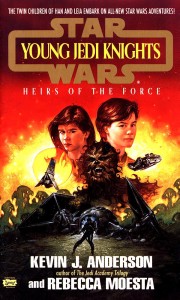 Disney has a new generation in its hands. The youngest generation of Star Wars fans, brought in by The Clone Wars and Rebels and now the sequels, will be growing up with new heroes. There are definitely some Star Wars fans now who were introduced to the GFFA with Clone Wars, identified a lot with Ahsoka and her age. The equivalent, for many of us who were big EU fans as children, ran into a group of younger characters varied enough that all of us could identify with at least one of them. They were closely connected to the familiar characters of Star Wars, and made their own stories within the GFFA. As a series and for what it did for the SW universe, it would be worth it for Disney to learn from the Young Jedi Knights series.
Disney has a new generation in its hands. The youngest generation of Star Wars fans, brought in by The Clone Wars and Rebels and now the sequels, will be growing up with new heroes. There are definitely some Star Wars fans now who were introduced to the GFFA with Clone Wars, identified a lot with Ahsoka and her age. The equivalent, for many of us who were big EU fans as children, ran into a group of younger characters varied enough that all of us could identify with at least one of them. They were closely connected to the familiar characters of Star Wars, and made their own stories within the GFFA. As a series and for what it did for the SW universe, it would be worth it for Disney to learn from the Young Jedi Knights series.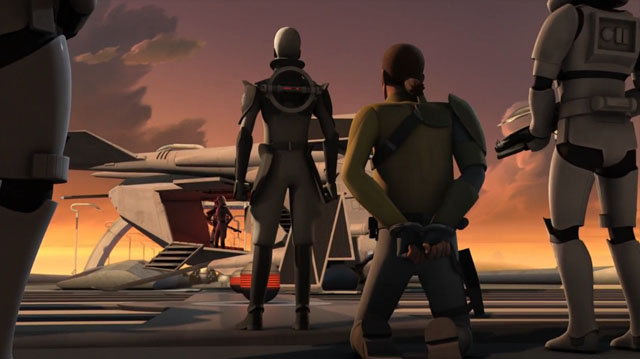
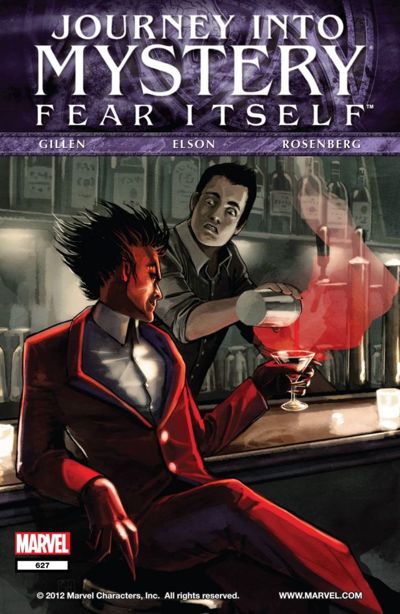 We continue with our look back at representative works penned by the new writers of the Marvel Star Wars comics.
We continue with our look back at representative works penned by the new writers of the Marvel Star Wars comics. 